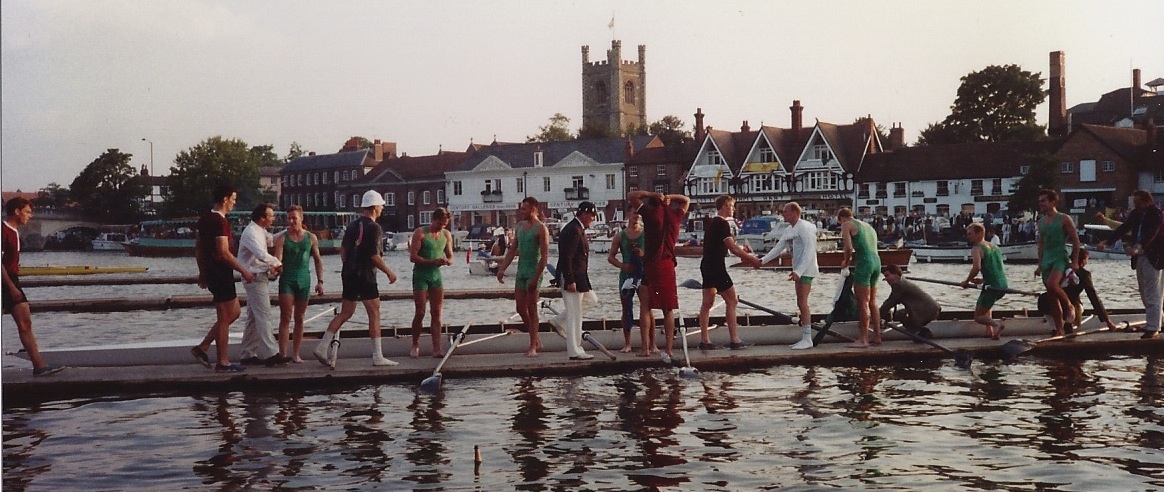Today, the Today Programme on BBC Radio 4 ran a story on Birmingham’s role in the development of lawn tennis. The item marked the opening of an exhibition – “A GEM OF A GAME – The Roots of Lawn Tennis in the West Midlands” at the Barber Institute of Fine Arts at the University of Birmingham in Edgebaston. The exhibition is open until 29 August 2011.
In Victorian times the growing middle class, unable to afford the construction of expensive real tennis courts, began to devise ball games which could be played outdoors by men and women together.
Early experiments in playing tennis on grass were hampered because leather balls, usually stuffed with cloth, did not bounce. The tide began to turn with the invention of the rubber ball and the development of mowing machines which made it much easier to prepare and maintain suitable lawns.
Harry Gem, a Birmingham solicitor, and Augurio Perera devised Pelota or Lawn Rackets in 1859. According to the Barber Institute, it was first played at 8 Ampton Road, Edgebaston.
In 1872 the friends moved to Leamington Spa where they founded the Leamington Lawn Tennis Club which is recognised as the world’s first lawn tennis club.
Meanwhile Walter Clopton Wingfield (1833–1912) a retired major from Montgomeryshire, was working on his version of lawn tennis. In order to be able to fully exploit his idea commercially, Wingfield designed an hour-glass shaped court that was wider at the base-line than at the net. Tradition has it that he first demonstrated his game at a Christmas party at Despite the pioneering efforts of Gem and Perera, Wingfield is generally acknowledged to have played a critical role in promoting and popularizing lawn tennis. Originally marketed as Sphairistike or Lawn Tennis from the Greek for “ball-game”, French & Co produced five-guinea Sphairistike sets which included an eight-page instruction manual written by Wingfield which carried the legend “Dedicated to the party assembled at Nantclwyd in December 1873” on its cover. 1050 sets were sold within a year.
Sphairistike’s success prompted many imitations – all with slightly differing rules to avoid infringing Wingfield’s patent. In 1875, a variant was adopted by a financially-distressed All England Croquet Club in Wimbledon as a means of attracting new members. “Lawn Tennis” was added to the Club’s official title in 1877.
The sporting newspaper The Field carried a long series of letters debating rules for the new game. In 1878, members of the All England Lawn Tennis Club and the Marylebone Cricket Club – which had a habit of involving itself in sports other than cricket, agreed a common set of rules which remain the basis of the modern game.



